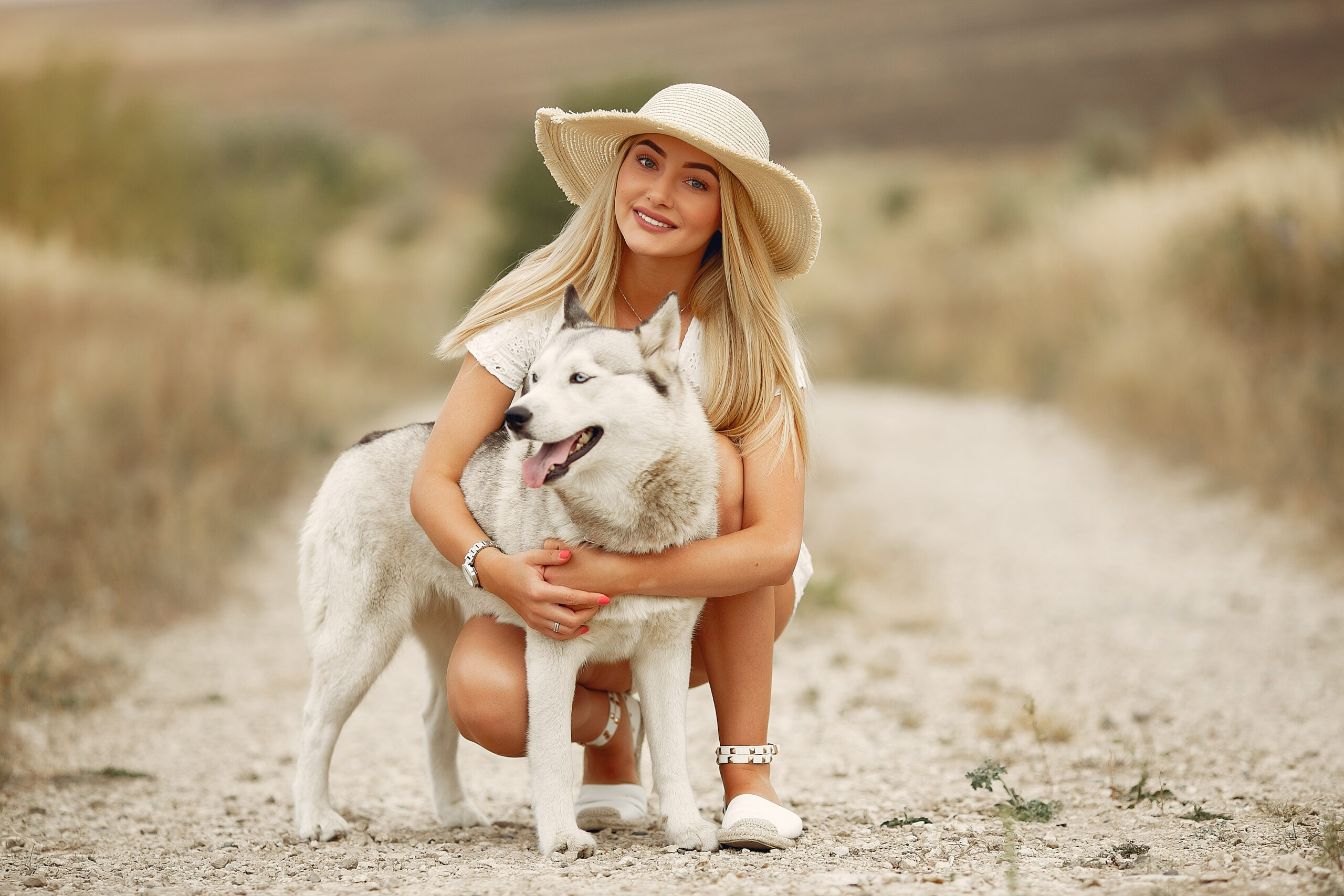Dog Heat Cycle Calculator
Understanding the Canine Heat Cycle
The canine heat cycle, also known as estrus, is the reproductive cycle of female dogs. During this time, a female dog is receptive to mating and can become pregnant.
Stages of the Canine Heat Cycle
- Proestrus: This is the preliminary stage, often characterized by swelling of the vulva and a slight bloody discharge. During this stage, the female dog is not receptive to mating.
- Estrus: This is the fertile stage, when the female dog is receptive to mating. The bloody discharge may decrease or become lighter during this time.
- Metestrus: This is the post-ovulation stage, when the female dog is no longer receptive to mating. The discharge becomes darker and thicker.
- Anestrus: This is the resting period between heat cycles, when the female dog is not sexually active.
Using a Canine Heat Cycle Calculator
A canine heat cycle calculator can help you track your dog’s heat cycles and estimate when she may be most fertile. These calculators typically require you to input information about your dog’s breed, age, and the start date of her last heat cycle.
FAQs
- How often do dogs go into heat? Most dogs go into heat twice a year, but this can vary depending on the breed and individual dog. Smaller breeds may go into heat more frequently, while larger breeds may have fewer cycles.
- How long does a dog’s heat cycle last? The average heat cycle lasts between 18 and 21 days. However, this can vary from dog to dog.
- When is a dog most fertile during her heat cycle? Dogs are most fertile during the estrus stage, which typically occurs around 10-12 days after the start of the heat cycle.
- Can a dog get pregnant during the proestrus stage? While it is possible for a dog to get pregnant during the proestrus stage, it is less likely compared to the estrus stage.
- How can I tell if my dog is in heat? Signs of a dog in heat include swelling of the vulva, a bloody discharge, increased urination, and increased attention from male dogs.
- Should I spay my dog? Spaying your dog can help prevent unwanted litters and reduce the risk of certain health problems, such as uterine infections and breast cancer. However, this is a personal decision, and it’s important to consult with your veterinarian to weigh the pros and cons.
- Can I breed my dog during her first heat cycle? It’s generally recommended to wait until a dog is at least two years old before breeding her for the first time. This allows her to reach full physical maturity.
- How can I keep my dog safe during her heat cycle? To keep your dog safe during her heat cycle, it’s important to supervise her closely and prevent her from interacting with male dogs unless you plan to breed her. You may also want to consider using a belly band to help contain the bloody discharge.
- What should I do if my dog is not going into heat? If your dog is not going into heat as expected, it’s important to consult with your veterinarian to rule out any underlying health issues.
- Can I use a human menstrual cycle calculator for my dog? No, human menstrual cycle calculators are not designed to provide accurate information for dogs. Dogs have different reproductive cycles than humans, and using a human calculator can lead to inaccurate results.
Additional Tips
- Track your dog’s heat cycles: Keeping a record of your dog’s heat cycles can help you anticipate when she may be in heat again and plan accordingly.
- Consult with your veterinarian: If you have any concerns about your dog’s heat cycle or reproductive health, don’t hesitate to consult with your veterinarian.
- Consider behavioral changes: Some dogs may exhibit behavioral changes during their heat cycle, such as increased restlessness or aggression. Be patient and understanding during this time.
- Prepare for unexpected situations: It’s always a good idea to be prepared for unexpected situations, such as a dog escaping or becoming pregnant.
- Enjoy the experience: While the heat cycle can be a challenging time for some dog owners, it’s also a natural part of a dog’s life. Enjoy the experience and appreciate the unique bond you share with your furry friend.
Furthermore, here are some additional insights into the canine heat cycle:
- Heat cycle frequency: While most dogs go into heat twice a year, this can vary depending on factors such as breed, age, and overall health. Some dogs may go into heat more frequently, while others may have longer intervals between cycles.
- Heat cycle length: The length of a dog’s heat cycle can also vary, but the average is between 18 and 21 days. However, some dogs may have shorter or longer cycles.
- Heat cycle symptoms: In addition to the symptoms mentioned above, some dogs may also experience changes in behavior during their heat cycle. They may become more affectionate, playful, or protective.
- Pregnancy: If your dog becomes pregnant during her heat cycle, it’s important to consult with your veterinarian for prenatal care and delivery advice.
- Spay or neuter: Spaying or neutering your dog can help prevent unwanted litters and reduce the risk of certain health problems. However, this is a personal decision, and it’s important to weigh the pros and cons with your veterinarian.
By understanding the canine heat cycle and taking appropriate precautions, you can help ensure your dog’s well-being during this natural process.

